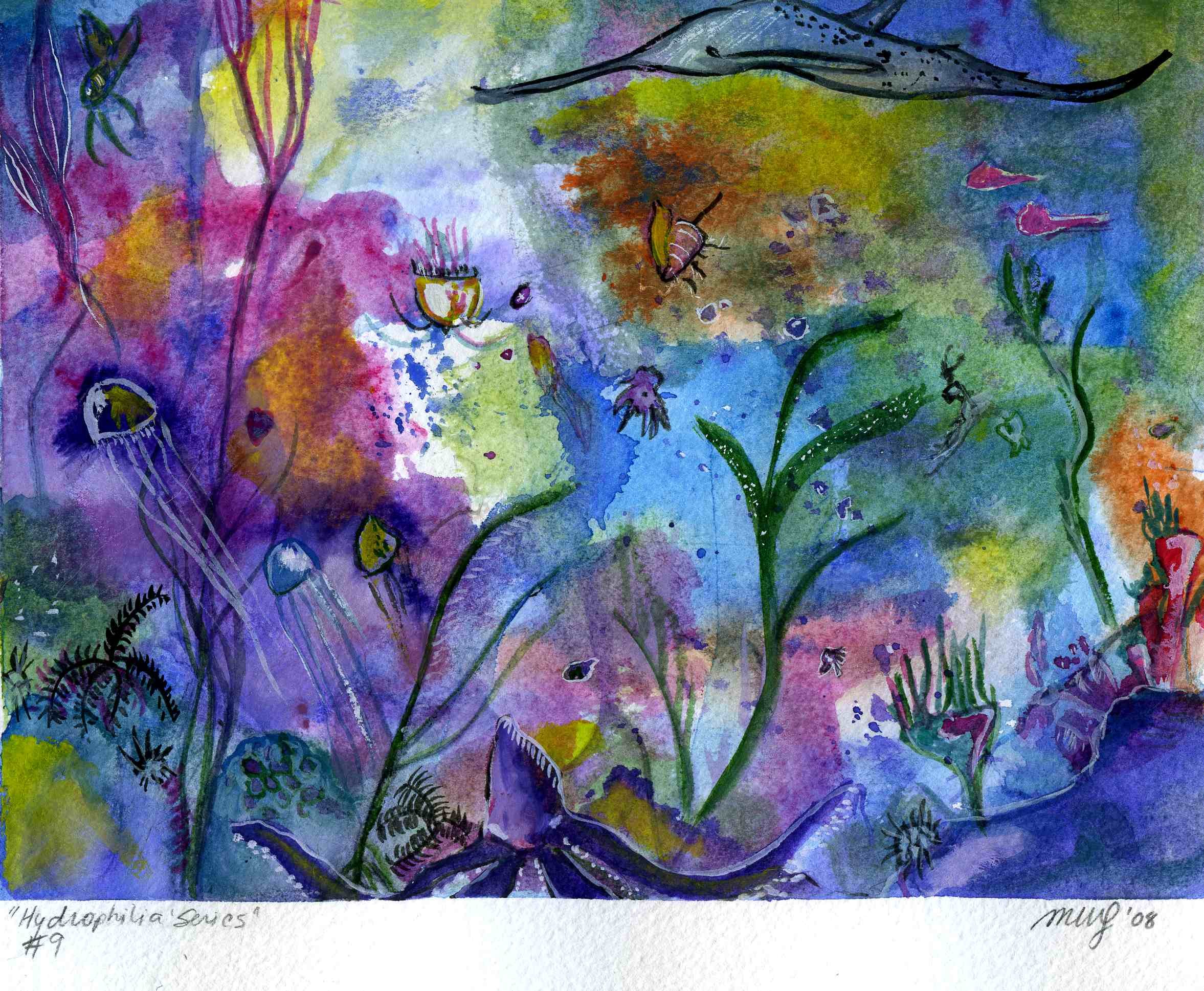
Art Therapy

Art Therapy
Art therapy is a mental health profession that enriches the lives of individuals, families, and communities through active art-making, the creative process, applied psychological theory, and human experience within a psychotherapeutic relationship. When people are struggling, facing a challenge, or experiencing a health crisis, their words may fail them. During these times, an art therapist can help clients express themselves in ways beyond language. Trained in both art and psychological theory, art therapists help clients integrate nonverbal cues and metaphors often conveyed through the creative process.
Art therapists work with individuals of all ages, including children with behavioral challenges or Autism Spectrum Disorder. They assist those in health crises, victims of violence or trauma—including military service members and student survivors of mass shootings—older adults with dementia, and anyone needing help coping with life's challenges.

Art therapists are credentialed mental health professionals. They are trained in a broad range of psychological theories and ways to use art media and creative processes to help people cope with mental health challenges. Art therapists hold Masters-level or higher degrees. Look for a therapist with the credentials ATR (art therapist registered) or ATR-BC (board-certified art therapist registered).
Who are art therapists?
Where do art therapists work?
Art therapists serve diverse communities in different settings—from medical institutions like hospitals, cancer treatment centers and psychiatric facilities, to wellness centers and schools. Many art therapists have independent practices. They also help support individuals and communities after a crisis or traumatic event.
Art therapy is particularly effective during times of crisis, changes in circumstance, trauma, and grief. According to research, art therapy helps people feel more in control of their own lives, and helps relieve anxiety and depression, including among cancer patients, tuberculosis patients in isolation, and military veterans with PTSD. In addition, art therapy assists in managing pain by moving mental focus away from the painful stimulus.
Why is art therapy effective?
Do you have to be good at art?
You don’t have to be an artist or even “artsy” to make art. Everyone is creative – and we all remember making art as children. In art therapy sessions, your art therapist may encourage you to try different art media such as color pencils, paints, clay, and collage. Sometimes non-traditional art materials (e.g. tree branches and leaves) are intentionally introduced to you in order to expand your creative expression. You may also explore different styles of expression, using doodling, abstract designs, and contour drawing. Art therapists are trained to facilitate a type of art making for your specific needs. However, to experience the process of art therapy, it’s important to work with a trained and credentialed art therapist





